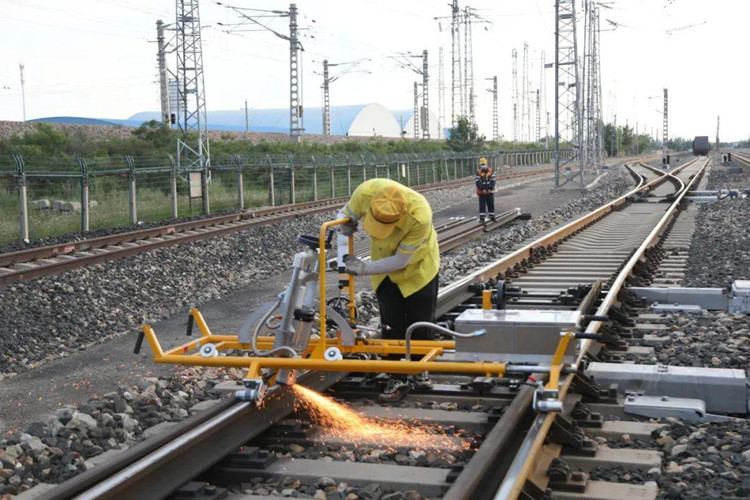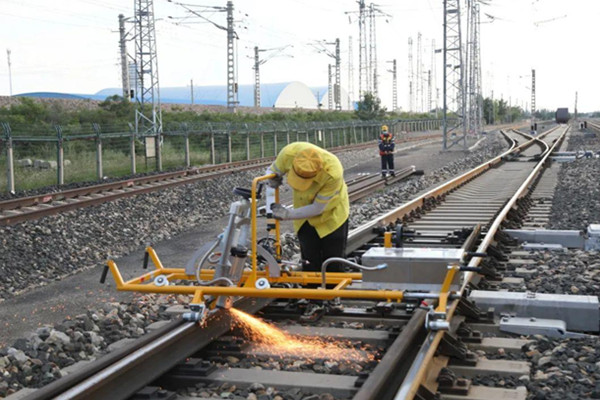No way? Steel rails can also "get sick"? Do they have "personal doctors"?
Speeding trains are loaded with passengers and goods, traveling back and forth on the railway lines.
Due to the high frequency of rails being rolled by trains, as well as the influence of factors such as seasons and temperature, the rail surface will have scratches, poor geometric dimensions and other problems, which will affect the safe operation of trains.
To ensure that the steel rails are in good condition and performance, railway maintenance personnel need to conduct regular "physical examinations" for them.

01 Measure "body temperature"
Just as our body functions will be disordered after we catch a cold or a fever, the rails will "fever" and overheat under strong sunlight for a long time, and it is easy to have swelling.
The staff will inspect the rail lines during the high temperature period during the day. They will stick the rail thermometer on the surface of the railway rails to measure the temperature. If there are swelling signs, they will take emergency measures such as watering to cool down and tamping the roadbed in time to restore the line to normal.
02 Measure "height"
The staff use equipment such as track gauge to detect the geometric dimensions of the rail gauge, level, height, and rail direction, and then appropriately adjust the geometric dimensions that do not meet the standards to ensure the smoothness of the line.
03 Look at the "skin"
During long-term, high-load train operation, the railway rails need to withstand the pressure and friction of the train wheels, and the contact surface is prone to wear. The staff regularly polishes the surface of the rails to make the "skin" of the rails "bright and shining" again.
04 Do "B-ultrasound"
The staff uses the waveform data on the rail flaw detector to determine whether there are core injuries, cracks and other damages on the rail head, rail waist, rail bottom and other parts of the rail, and performs "bone replacement surgery" on the damaged steel rails to ensure that the replaced rails are safe and stable.
From "physical examination" to "surgery", no matter spring, summer, autumn or winter. The "personal doctor" of the rails always guards the "health" of each rail and escorts passengers and goods to their destinations safely.



Get In Touch